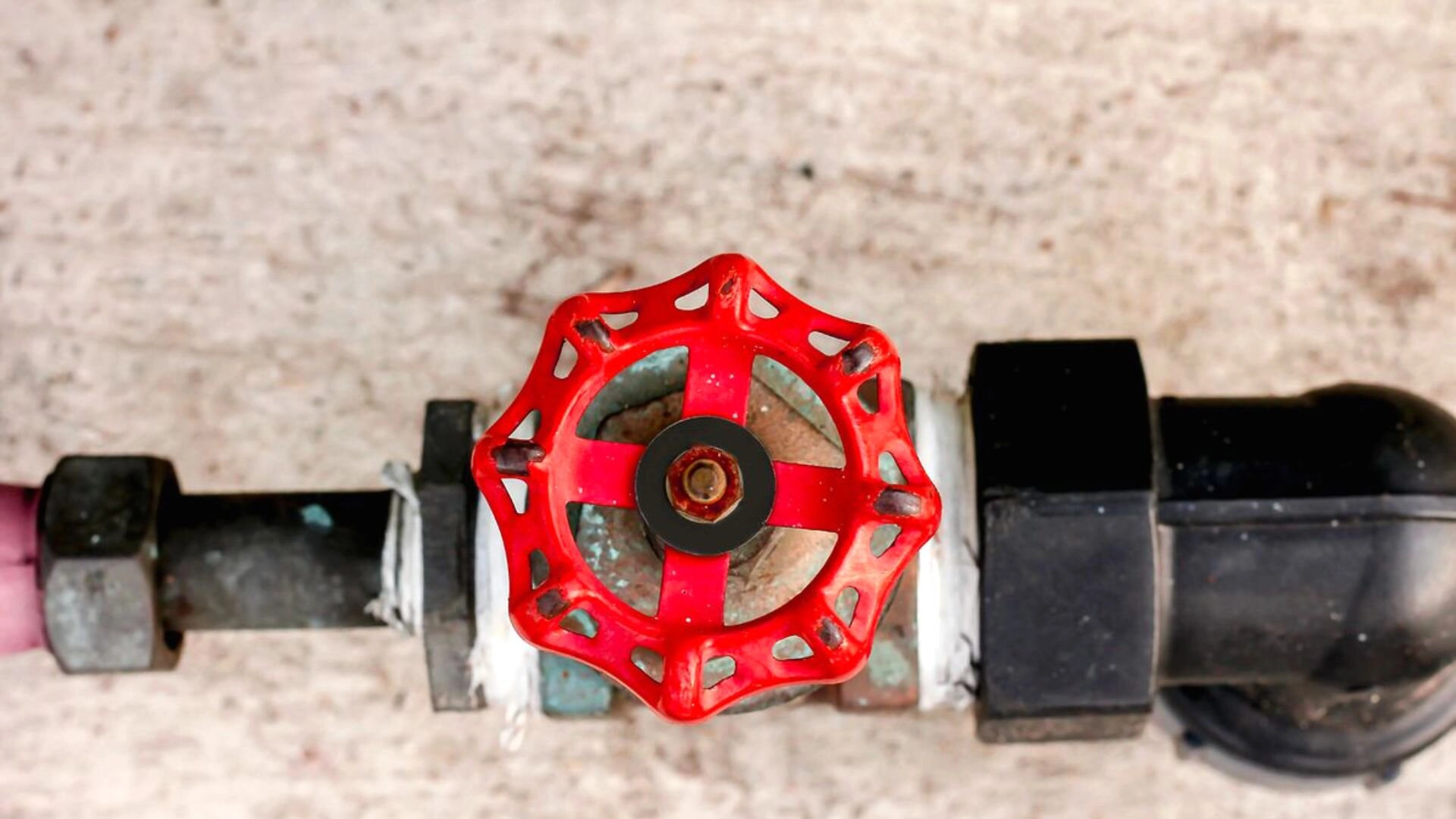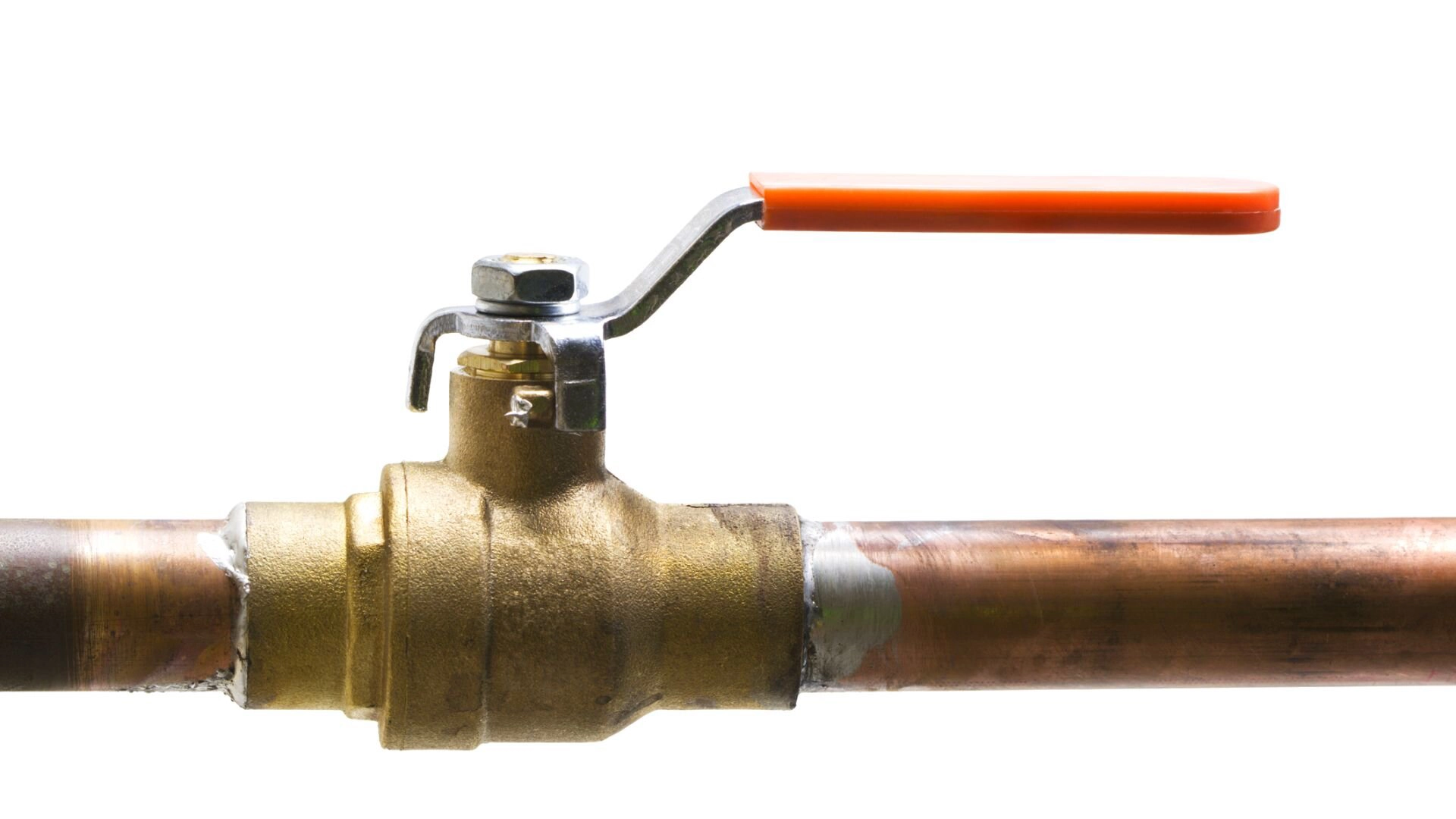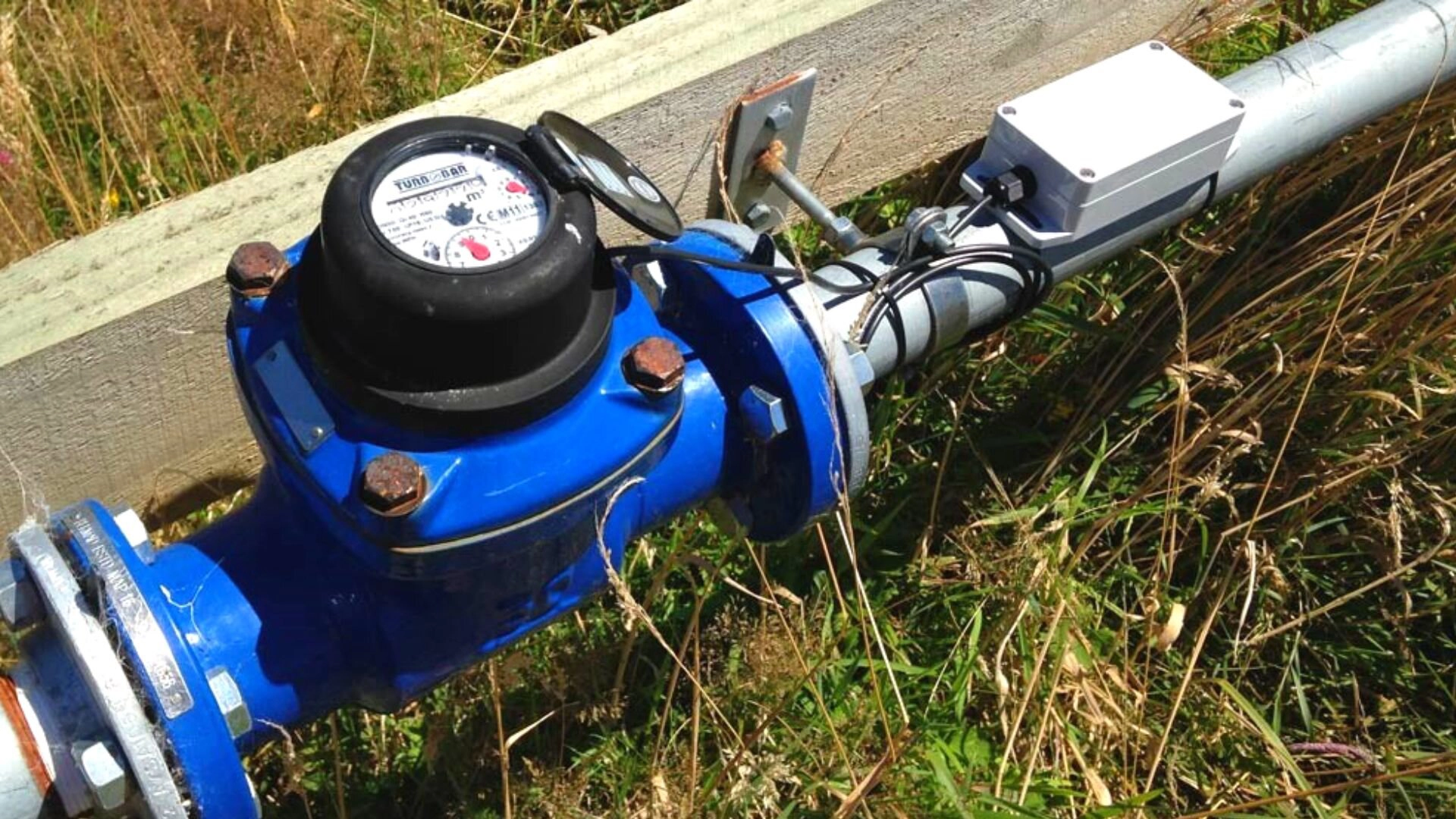The main water system in your house supplies water to all the fixtures and water outlets, maintaining the efficiency of the entire residential plumbing.
However, turning off the main water supply during a plumbing emergency is always the safest bet. And you can avert emergencies like a blocked drain , a burst pipe or small water leaks with a quick DIY fix if you can locate them in time.
But, keeping the main water supply open can cause flooding and irreversible water damage if you’ve got emergency drain problems . To safely turn off the main water supply, you must first know where it’s present in your house.
Today, we’ll tell you how to locate your home’s main water supply and turn it off for plumbing emergencies.
How To Locate The Main Water Supply System?

The main water system doesn’t have a standard location , so it becomes quite a puzzle to find. Its location usually depends on your home design and can vary from house to house .
If your home has a crawlspace or basement, it might be placed inside an interior wall near the front entrance, where it receives water from the water metre directly. In contrast, when your house is built on a slab, it’s best to look near the garage or the water heater system to locate the main water supply.
When you can’t locate it inside your house, check the property line, as the water supply might be placed inside a covered box in an underground pit. You can also check the area near your outside garden faucet to locate the main water valve.
If it’s located outside, it’s typically stored inside a cement box and buried near the front curb. The box usually has a metal covering labelled “water metre” to make it easier for you to locate.
Under such circumstances, you might need to use a metre key to open the box and access the main water system. Once you fit the key in the lock, turn it anti-clockwise to open the lid. Be careful while opening the box because insects or reptiles often crawl inside and can surprise you. Also, remove all dirt and debris to access the valve safely.
Remember not to tamper with the metre itself because that’s illegal . If you still can’t locate the main water valve, hire a professional plumber to help you.
How To Turn Off Your Main Water Shut-Off Valve?
If you have a main water meter inside your house, it will either have a wheel or a ball valve . You need to turn the wheel valve clockwise to shut it off or turn the handle of the ball valve one-quarter so it stays perpendicular to the pipe.

It’s easier to turn off the main shut-off valves when they are located inside your house. However, it can be tricky to shut off the valves that are buried outside because it takes some effort to remove the metal lid from the cement box safely.
You might need to use a pentagon socket, pliers, or a metre key to open the lid. Once you open it, look for the residential water supply shut-off valve, the knob closest to your house. With a wrench, turn the knob clockwise to turn off the water supply but never touch the city shut-off valve of your water metre. And always hire a professional plumber if you’re having any trouble.
Don’t Forget To Turn Off Your Main Water Shut-Off Valve

Plumbing emergencies, like burst pipes or water leaks, can strike you anytime. You can try shutting off the water locally to avert the burst water, but you must turn off the main water supply if nothing’s working .
There’s no point in blindly searching the house for your main water shut-off valve while the burst pipe continues leaking water and causing severe property damage. So, you can follow the instructions in our guide for plumbing emergencies to get on top of the problem.
Once your home’s main water supply is turned off, contact a licensed plumber to fix the issue. If you’ve got a damaged pipe, you can opt for the latest technology on pipe relining, the no-dig method to fix your pipes at a fraction of the cost you usually pay for traditional repair. If you need the help of professional plumbers to work on your plumbing emergencies , don’t hesitate to get in touch with us . Our friendly customer service reps are on standby for urgent plumbing needs 24 hours a day, seven days a week.
On that note, we’ll sign off. Hope you can now deal with most plumbing emergencies!